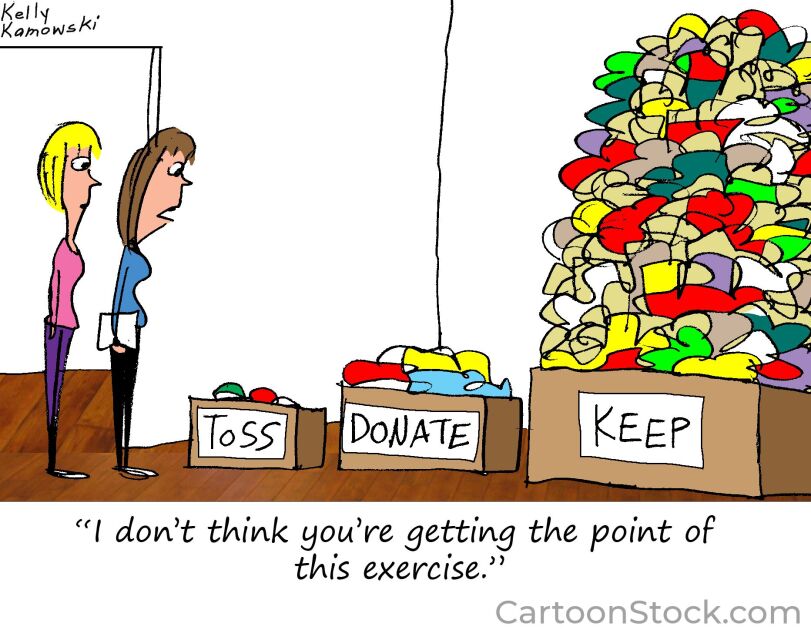Guest post by Sarah D. Sparks. Cross-posted from Inside School Research.
America’s children and their families are showing greater resilience and support in the face of rising poverty that has now wiped out the historic financial gains of the 1990s, according to the Foundation for Child Development’s annual child well-being index.
The New York City-based group announced this morning that overall child well-being is up more than 5 percent both from 2001 and the index’s beginning a generation ago, in 1975. The index is a composite of 28 indicators of both children’s environmental and economic environments and their own behaviors.
This year, those environmental factors continued to be a hurdle rather than a lift for children, according to Deborah A. Phillips, the foundation’s president. The group’s “family economic well-being” indicators have fallen in the past decade, including rising poverty, falling median income and less secure parental employment, all shown to be associated with higher chronic stress on children and families. From 2001 to 2011, the percentage of children living in families below the poverty line has increased from 15.6 percent to 21.4 percent; a third of this increase in child poverty occurred between 2001 and 2007—before the most recent recession.
“When we’ve had recessions, you do see steeper [increases] in child poverty for sure, but I think what this is showing is a much more fundamental failure of our social policies that guarantee children will not grow up in poverty,” Phillips said. “We have completely wiped out the economic gains in the past 35 years. The younger you are in this society, the higher your likelihood of living in poverty, and we know that poverty is most destructive to young children.”
However, the index researchers, led by Kenneth C. Land, a sociology professor at the Duke Population Research Institute in Durham, N.C., found improvements driven primarily by the children themselves. Last week’s horrific school shootings in Connecticut notwithstanding, children as either the victims or perpetrators of violent crime has fallen more than 60 percent from 2001 to 2011. Likewise, the index shows children are less likely to do drugs or become parents as teenagers. They are more engaged in their communities and have slightly better educational attainment, though growth in preschool enrollment has stalled since the recession.
Land said he thinks the explanation for this resilience comes from what he calls a “shadow beneath our indicators,” namely that since the 1990s, “Parents got a lot more active in the lives of their children.”
The causes are legion—media coverage and parent fears of school violence like Columbine to gangs and sexual predators; increased scrutiny of education through No Child Left Behind, even just generational changes in parenting style and the technology available to keep tabs on children. For whatever reason, Land said, “Mommy is calling son or daughter more. There’s a lot more close monitoring. It’s true that upper- and middle-class parents who are more resourceful are better able to monitor their kids, but an implication of what we’ve seen in the past 10-12 years is, it’s not confined to upper class levels. Even parents of more down economic status are monitoring their children more and being more involved.”
And that rising parent involvement may be providing a more stable buffer for students, he said, even as other parts of children’s environment become shakier.



